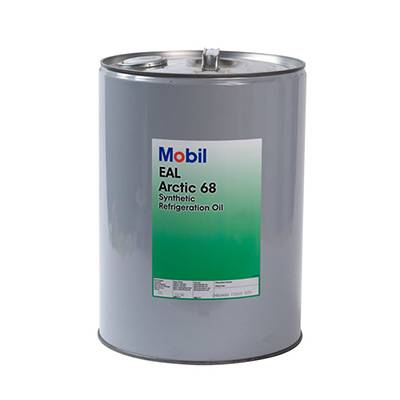ພ.ຈ. . 10, 2024 16:02 Back to list
Understanding and Implementing Stop Check Valves in Fluid Systems for Efficient Flow Control
Understanding Stop Check Valves Key Components in Fluid Control Systems
In industrial applications and fluid handling systems, the efficiency and safety of operations largely depend on the design and functionality of valves. Among the various types of valves, stop check valves play a crucial role in regulating fluid flow while preventing backflow. This article delves into the concept of stop check valves, their functionality, applications, advantages, and considerations for selection.
What is a Stop Check Valve?
A stop check valve is a specialized valve that combines the features of both a stop valve and a check valve. It is designed to allow fluid flow in one direction while preventing it from flowing backward. The construction typically consists of a body, an inlet and outlet port, a disc or gate, and a stem. When the valve is fully opened by turning the handle or actuator, it allows free passage of the fluid. If the pressure in the reverse direction exceeds a certain limit, the disc or gate will automatically close, preventing backflow.
Functionality
In operation, the stop check valve can be in two states fully open or closed. When in the fully open position, it functions similarly to a standard stop valve, allowing maximum fluid flow. However, the moment there is an attempt to reverse the flow due to pressure changes, the internal mechanism of the valve kicks in, and the disc moves to the closed position, thus stopping any backflow. This dual functionality provides enhanced security in systems where backflow could damage equipment, contamination could occur, or where unintentional mixing of fluids must be avoided.
Applications
Stop check valves are widely used across various industries due to their versatile functionality. Some common applications include
1. Water Supply Systems These valves are essential in municipal water supply systems to prevent the contamination of drinking water due to backflow from industrial zones.
2. Fire Protection Systems In fire suppression systems, stop check valves ensure that water flows correctly through the pipes and that there is no backflow, which could jeopardize safety.
4. Power Generation In power plants, they are used in various systems, including steam and cooling water systems, to ensure safe and efficient operations.
Advantages of Stop Check Valves
stop check valve

1. Prevent Backflow The primary advantage is their ability to automatically prevent fluid backflow, thereby protecting downstream equipment and ensuring system integrity.
2. Simplicity in Design Stop check valves are often simpler in design compared to complex control systems, making them easy to install and maintain.
3. Reliability They offer high reliability in fluid handling applications, as the automatic operation of the valve reduces the likelihood of human error.
4. Versatility Suitable for various applications, they are effective in handling different types of fluids such as water, oil, and chemicals.
Considerations for Selection
When choosing stop check valves for a specific application, several factors should be considered
1. Material The material of the valve should be compatible with the fluid being handled to prevent corrosion and ensure longevity.
2. Pressure and Temperature Ratings It's crucial to select valves that can withstand the application-specific pressure and temperature limits.
3. Size and Flow Requirements The size of the valve must match the piping system, and it should be able to handle the required flow rates.
4. Installation Orientation Some stop check valves are designed to function in specific orientations, either vertical or horizontal, which should be accounted for during installation.
5. Regulatory Compliance Ensure that the selected valve complies with industry standards and regulations pertinent to the specific application.
Conclusion
Stop check valves are integral components in fluid systems, providing essential control and safety mechanisms. By understanding their functionality, applications, and advantages, industries can make informed decisions that enhance operational efficiency, protect critical equipment, and maintain the integrity of fluid handling systems. As technology continues to evolve, the design and capabilities of stop check valves will likely advance, offering even greater benefits in a wide array of applications.
-
thread-plug-gauge-our-promise-of-measurement-excellenceNewsAug.22,2025
-
gauge-pin-class-reflecting-quality-legacyNewsAug.22,2025
-
check-valve-types-for-high-rise-buildingsNewsAug.22,2025
-
water-control-valve-for-irrigation-systemsNewsAug.22,2025
-
gate-valve-with-soft-seal-technologyNewsAug.22,2025
-
y-type-strainer-for-oil-and-gas-applicationsNewsAug.22,2025
Related PRODUCTS









